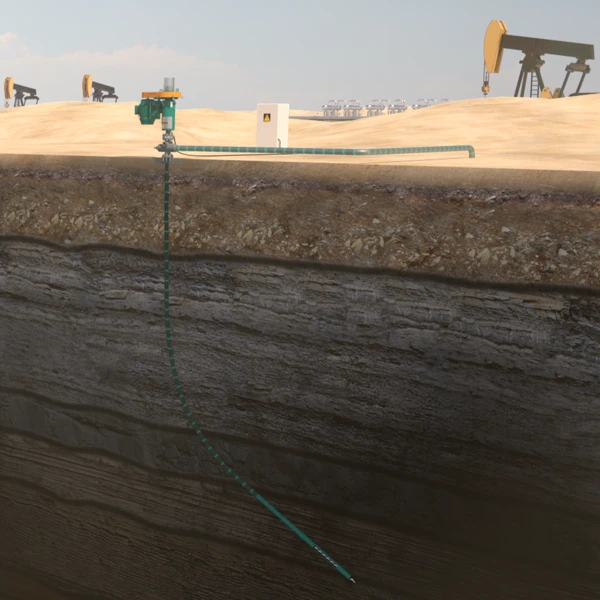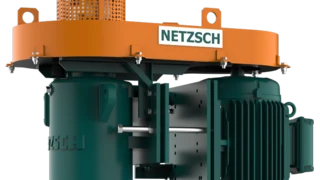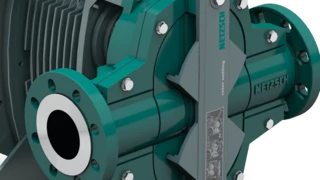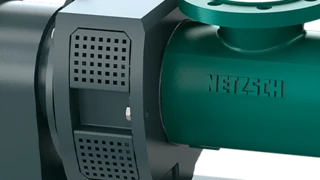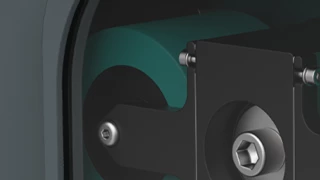Oil-Sand Mixture
Pumping of Extremely Difficult Products in Oil and Gas Fields
Progressing cavity pump from NETZSCH reduces wear and increases efficiency
According to estimates by the International Energy Agency (IEA), global oil demand is expected to increase by about 14 million barrels per day (mb/d) by 2040. New oil fields must be developed and existing ones made more efficient to meet this demand.
Downhole progressing cavity pumps are used in oil and gas field to pump the most difficult products such as oil-sand mixtures under challenging external conditions.
Despite all efforts to promote renewable energies, global demand for crude oil and natural gas has continued unabated. Methane from coal seams and highly viscous oil at more than 10,000 mPas are already of commercial interest, but are just as complicated to extract. In the Qinshui Basin in China the extraction is as difficult as the extraction of oil sand mixtures from the Sudanese desert where temperatures up to 50°C can be reached.

Individual Consulting
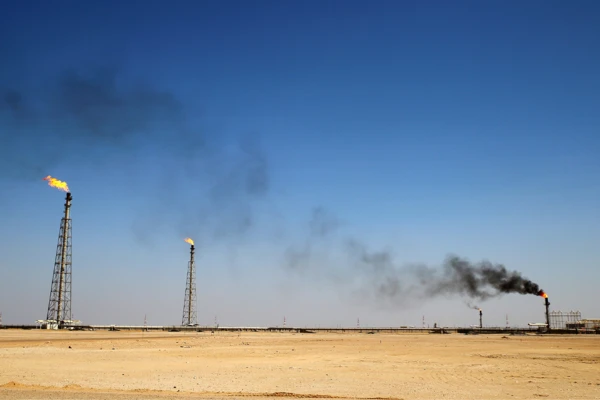
Efficient use of oil fields thanks to progressing cavity pump
With the steady population growth, the oil demand is also rising continuously. New oil fields must be developed, or existing ones must be used more efficiently to meet the increased demand. The latest technologies make it possible to use oil fields that would have been considered unprofitable efficiently. With the help of progressing cavity technology, efficiencies of up to 90 percent can be achieved. Even multiphase media or fluctuating delivery rates are no problem for these pumps.
High wear and low efficiency in oil production
Therefore, the operators of an oil field in China's Qinshui Basin decided to use this technology. In addition to efficient use, the main difficulty was pumping the oil-sand mixture. When pumped, the sand has an abrasive effect similar to that of sandpaper and can thus cause considerable wear in the pump. Long downtimes and high maintenance costs are the results. However, looking at the efficiency of a pumpjack, which is still used in many oil fields and is known for its distinctive "donkey heads", the operation of such an oil field becomes almost impossible from an economic point of view. Since the efficiency is only about 30 percent.
Oil production made easy: Advantages of NETZSCH downhole pumps
To increase efficiency and reduce wear, the experts at NETZSCH designed a downhole progressing cavity pump for the oil field. To keep downtimes and service costs as low as possible, the wear parts in this model were reduced to a minimum. In addition, the metal and elastomer materials used have been selected to reduce wear by the medium to a minimum. As a result, you can pump oil-sand mixtures with up to 40 percent sand content with this progressing cavity pump without any problems. In terms of efficiency, the progressing cavity pump scores with its distinctive design. Due to the low energy loss of the operating principle of a progressing cavity pump, efficiency levels of up to 90 percent are achieved by the operators of the oil field on site.
The volumetric efficiency of a downhole progressing cavity pump is between 75 and 90 percent. The primary success of this technology is its ability to convey highly viscous oils at above 50,000 mPas while maintaining stable pressure. What is more, it can do so with almost no pulsation or shear forces. As the body of the progressing cavity pump is comparatively slim, it is perfectly suited to the interior of the bore hole. NETZSCH has developed various drive heads for different performance and speed requirements to generate the torque above ground. The standard NTZ model has low life cycle costs thanks to its small number of wearing parts and is suitable for oil mixtures with up to 40 percent gas or sand content at up to 160 °C. It can achieve conveyance rates of between 0.5 and 300 m³/d at maximum 300 bar.
This type of pump is used, for example, to extract methane in coal seams in the Qinshui Basin in China. The water is removed using the progressing cavity pump until the gas is released and can be collected. An additional flow controller was integrated into the control system to avoid running dry. The metal and elastomer materials are selected to match the anticipated conditions for all types of pump to keep wear from the product to a minimum while simultaneously creating optimal conditions for conveying. Temperature and density are taken into account, as well as the relative content of water, natural gas and hydrogen sulphide. This approach not only increases the performance of the systems, but also ensures a long service life and long maintenance intervals.
PCP Pump System
